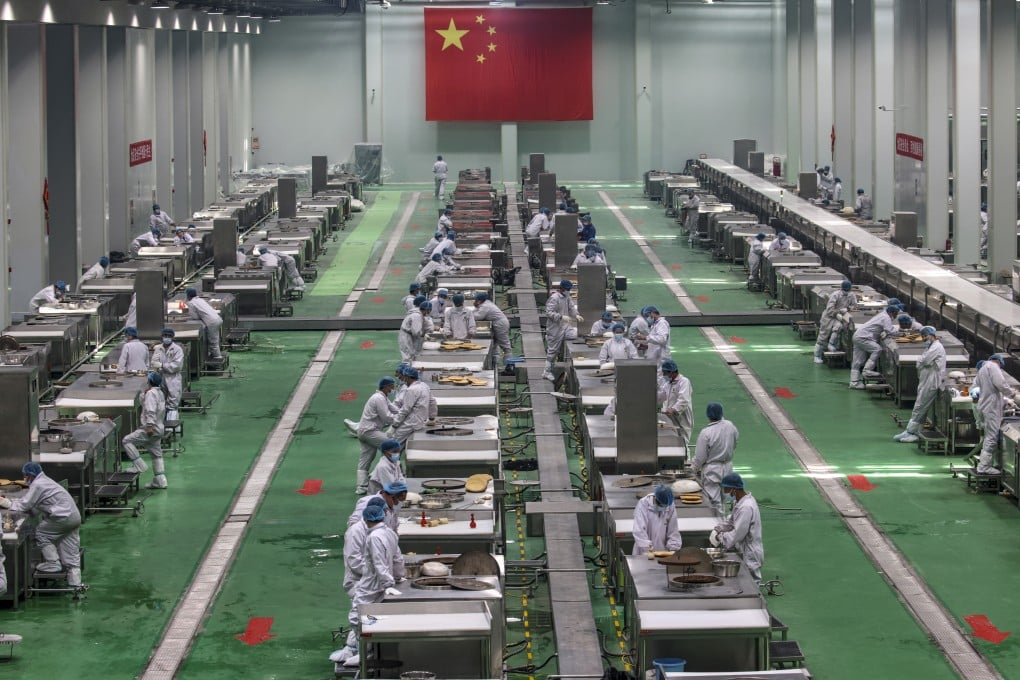China population: Beijing faces ‘tricky’ reforms to unleash new drivers of growth as workforce ages
- China’s working-age population will remain large in the near term, giving the nation time to boost efficiency as its labour force grows older
- But over time, Beijing must reform birth restrictions and provide better child care support to incentivize couples to have children, analysts say

This is the seventh in a series of stories about China’s once-in-a-decade census conducted in 2020. The world’s most populous nation released its national demographic data on Tuesday, and the figures will have far-reaching social policy and economic implications.
Given new data showing China’s labour force continues to decline, Beijing is likely to reinforce the message that quality economic growth and improving people’s living standards is more important than the rate of economic expansion in the years ahead, analysts said.
China’s population will remain the world’s largest for some time, meaning its huge domestic market will help act as a buffer as it carries out structural reforms to address its rapidly ageing population. Beijing has announced intentions to postpone the retirement age, reform birth control policies, raise education standards and enhance population mobility.
But China’s fast-greying population will mean the government needs to unleash new drivers of growth if it is to reach its goal of doubling the size of the economy by 2035, especially as the nation shifts to an economic strategy that relies more on the domestic market, analysts said.
Chinese mothers gave birth to 12 million babies last year, down from 14.65 million in 2019, its lowest level in nearly six decades. And the fertility rate – the number of children born to women of child bearing age – fell to 1.3, well below the level of 2.1 required to maintain a stable population.
